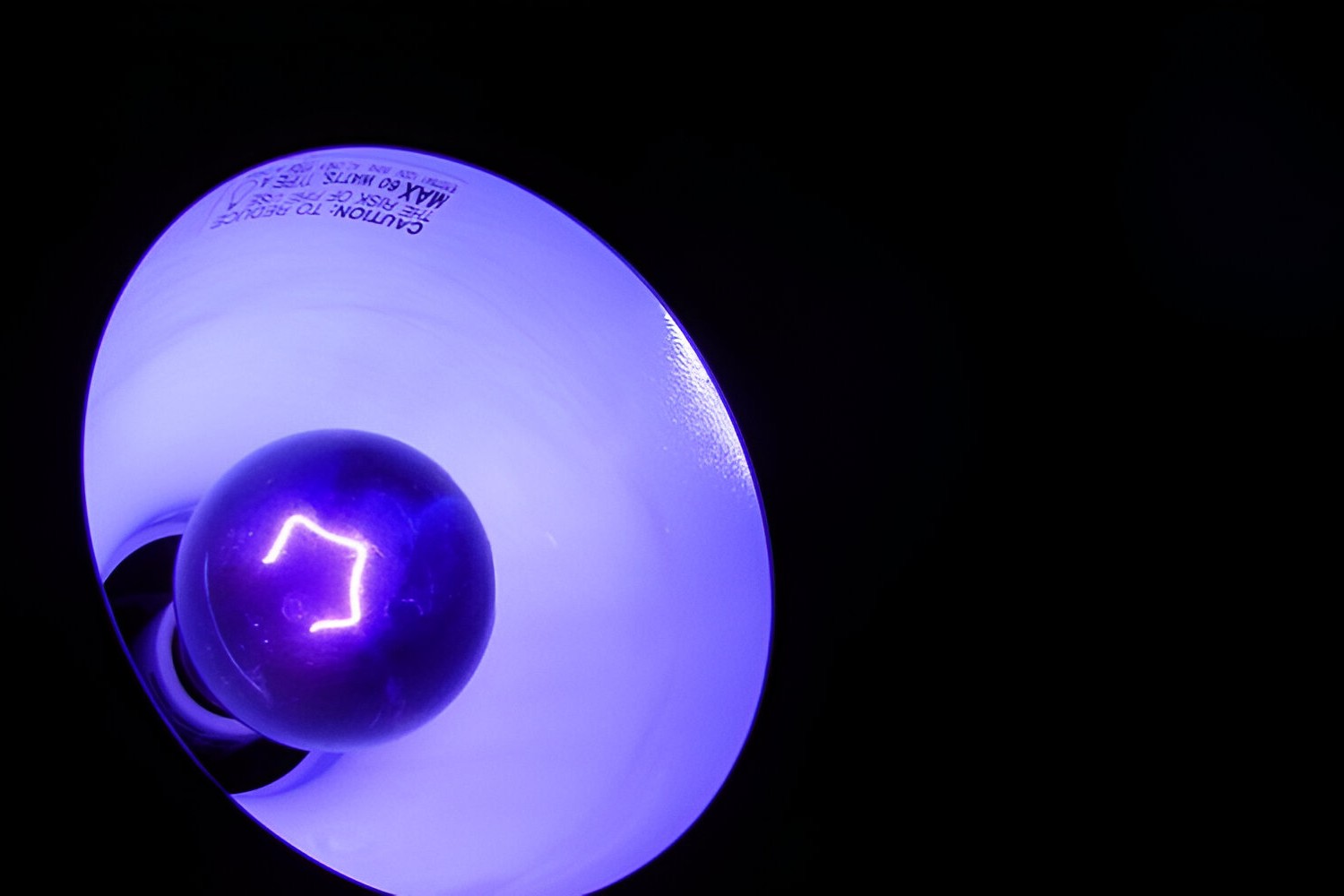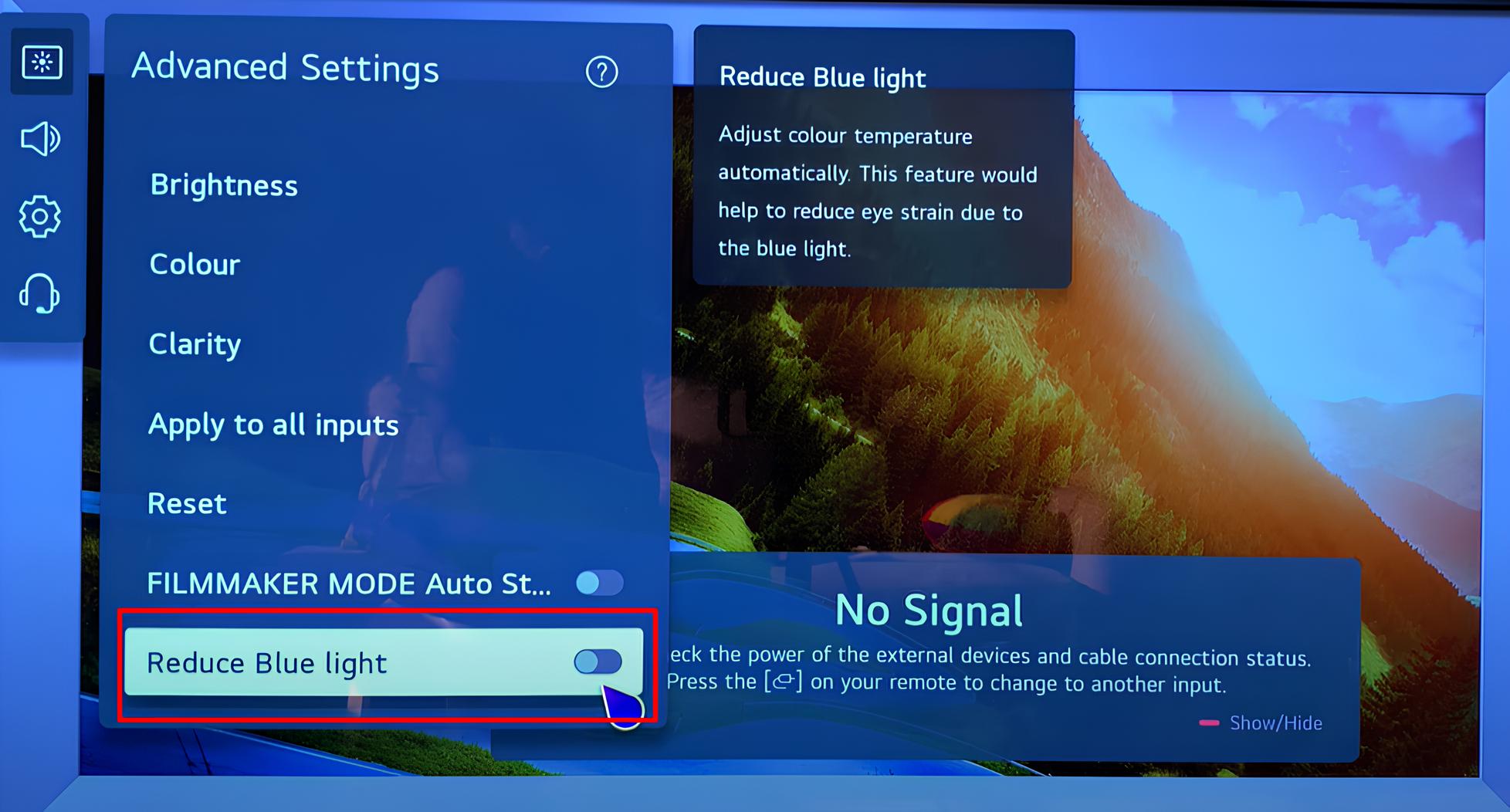Introduction
Plants are not only essential for providing oxygen and food, but they also play a crucial role in maintaining the delicate balance of our ecosystem. The process of photosynthesis, through which plants convert light energy into chemical energy, is fundamental to their survival. However, the type of light that plants receive has a significant impact on their growth and development.
In recent years, the role of blue light in plant physiology has garnered increasing attention from researchers and horticulturists alike. Blue light, which falls within the 400-500 nanometer wavelength range, is known to influence various aspects of plant growth, including seed germination, stem elongation, and flower induction.
Understanding the intricate relationship between plants and blue light is pivotal for harnessing its potential in various agricultural and horticultural practices. By delving into the mechanisms through which plants absorb and utilize blue light, we can unlock new insights into optimizing their growth and enhancing crop yields.
In this article, we will explore the fascinating world of botanical science, shedding light on how plants interact with blue light and the profound implications of this interaction. From the absorption of blue light by plant pigments to its pivotal role in photosynthesis and plant development, we will embark on a captivating journey into the captivating realm of plant biology. So, let's embark on this enlightening exploration of the role of blue light in shaping the growth and vitality of our green companions.
The Importance of Blue Light in Plant Growth
Blue light, a critical component of the light spectrum, plays a pivotal role in the growth and development of plants. This specific wavelength of light, ranging from 400 to 500 nanometers, is instrumental in regulating various physiological processes within plants. Understanding the significance of blue light in plant growth is essential for optimizing cultivation practices and maximizing crop yields.
One of the primary reasons why blue light is crucial for plants lies in its influence on photomorphogenesis, which refers to the light-induced changes in plant morphology. Unlike other wavelengths, such as red and green light, blue light has a pronounced effect on shaping the overall structure of plants. It stimulates the opening of stomata, the tiny pores on leaves that facilitate gas exchange, thereby enhancing the plant's ability to uptake carbon dioxide for photosynthesis.
Moreover, blue light also plays a key role in regulating the orientation and elongation of plant cells. This phenomenon, known as phototropism, enables plants to grow towards sources of light, thereby maximizing their exposure to this essential energy source. Additionally, blue light has been linked to the regulation of leaf expansion and chloroplast movement, both of which are integral to the plant's capacity to harness light energy for photosynthesis.
Furthermore, blue light is closely associated with the regulation of photoperiodic responses in plants. This means that it influences the timing of critical developmental stages, such as flowering and seed germination. By perceiving changes in the duration of blue light exposure, plants can accurately gauge seasonal variations and adjust their growth patterns accordingly.
In horticultural and agricultural settings, the strategic manipulation of blue light has proven to be a valuable tool for enhancing plant growth and quality. By incorporating specific wavelengths of blue light into artificial lighting systems, growers can optimize the growth of crops, increase yields, and even influence the flavor profiles of certain fruits and vegetables.
In summary, the importance of blue light in plant growth cannot be overstated. Its influence on photomorphogenesis, phototropism, and photoperiodic responses underscores its indispensable role in shaping the vitality and productivity of plants. By harnessing this knowledge, we can delve deeper into the realm of plant biology and leverage the power of blue light to cultivate healthier, more resilient crops, thereby contributing to the sustainability of agriculture and the well-being of our planet.
How Plants Absorb Blue Light
Plants possess a remarkable ability to absorb and utilize light energy for photosynthesis, a process that serves as the foundation of their growth and sustenance. When it comes to blue light, the absorption mechanism involves specialized pigments within plant cells, primarily chlorophylls and carotenoids. These pigments are adept at capturing specific wavelengths of light, including blue light, and converting them into chemical energy through a series of intricate biochemical reactions.
Chlorophyll, the primary pigment responsible for capturing light energy, consists of several distinct types, with chlorophyll a and chlorophyll b being the most prevalent in plants. These pigments are located within the thylakoid membranes of chloroplasts, the cellular organelles where photosynthesis takes place. When exposed to blue light, chlorophyll molecules undergo a process called photoexcitation, wherein they absorb photons of specific energy levels. This absorption triggers a cascade of events that culminate in the generation of chemical energy in the form of adenosine triphosphate (ATP) and nicotinamide adenine dinucleotide phosphate (NADPH).
In addition to chlorophyll, carotenoids, another group of pigments found in plants, also contribute to the absorption of blue light. While carotenoids primarily absorb light in the blue-green spectral range, they play a crucial role in complementing the light-capturing capabilities of chlorophyll. By absorbing excess energy from blue light and dissipating it as heat, carotenoids protect chlorophyll from potential damage caused by the accumulation of reactive oxygen species, thereby safeguarding the efficiency of photosynthetic reactions.
The process of blue light absorption by plants is not only confined to the pigments within their cells but also involves the spatial arrangement of these pigments within the chloroplasts. The intricate organization of chlorophyll molecules within the thylakoid membranes facilitates the efficient capture and transfer of light energy, ensuring that the photosynthetic machinery operates at peak performance.
In essence, the absorption of blue light by plants is a sophisticated interplay of specialized pigments and intricate cellular structures, orchestrated to harness this essential energy source for the sustenance and growth of plants. By unraveling the mechanisms through which plants absorb and utilize blue light, we gain a deeper appreciation of their remarkable adaptability and resilience in the face of ever-changing environmental conditions.
The Role of Blue Light in Photosynthesis
The process of photosynthesis, the cornerstone of plant metabolism, hinges upon the intricate interplay of light, water, and carbon dioxide to produce glucose and oxygen. Within this complex biochemical cascade, the role of blue light is particularly noteworthy.
Blue light, with its wavelength ranging from 400 to 500 nanometers, holds a pivotal position in the photosynthetic machinery of plants. It serves as a critical driver for the initial steps of photosynthesis, particularly the light-dependent reactions that occur within the thylakoid membranes of chloroplasts. These reactions, collectively known as the light reactions, entail the absorption of light energy by chlorophyll molecules, leading to the generation of chemical energy in the form of ATP and NADPH.
The absorption of blue light by chlorophyll molecules triggers a series of photochemical reactions, culminating in the splitting of water molecules and the release of oxygen as a byproduct. This process, known as photolysis, is fundamental to the replenishment of electrons in the photosynthetic electron transport chain, ensuring the sustained flow of electrons and the continuous production of ATP and NADPH.
Furthermore, blue light plays a crucial role in optimizing the efficiency of photosynthetic pigments, particularly chlorophyll a, by enhancing their capacity to capture light energy. The specific energy levels carried by photons of blue light are adept at stimulating the excitation of chlorophyll molecules, thereby initiating the cascade of electron transport events that underpin the synthesis of ATP and NADPH.
In addition to its direct involvement in the light reactions, blue light also influences the regulation of stomatal opening, a process that governs the uptake of carbon dioxide for the subsequent dark reactions of photosynthesis. By stimulating the opening of stomata, blue light facilitates the influx of carbon dioxide into the leaf mesophyll cells, thereby ensuring an ample supply of this essential substrate for the synthesis of glucose.
In essence, the role of blue light in photosynthesis extends far beyond mere illumination; it serves as a catalyst for the activation of photosynthetic pigments, the generation of chemical energy, and the facilitation of crucial physiological processes within plant cells. By unraveling the intricate ways in which blue light orchestrates the photosynthetic machinery, we gain a deeper appreciation of its indispensable role in sustaining the vitality and productivity of plants.
The Impact of Blue Light on Plant Development
The impact of blue light on plant development extends far beyond its role in photosynthesis. This specific wavelength of light, ranging from 400 to 500 nanometers, exerts a profound influence on various aspects of plant growth, morphology, and physiological processes. Understanding the intricate interplay between blue light and plant development is pivotal for harnessing its potential in optimizing cultivation practices and enhancing crop yields.
One of the most notable effects of blue light on plant development is its role in regulating photomorphogenesis, the light-induced changes in plant morphology. Unlike other wavelengths, such as red and green light, blue light has a pronounced effect on shaping the overall structure of plants. It influences the elongation of stems and the orientation of leaves, thereby impacting the overall architecture of the plant. This phenomenon is particularly evident in seedlings, where exposure to blue light results in compact, sturdy growth, contributing to the development of robust and healthy plants.
Moreover, blue light plays a crucial role in regulating the photoperiodic responses of plants, influencing critical developmental stages such as flowering and seed germination. The duration and intensity of blue light exposure serve as key environmental cues that plants perceive to gauge seasonal variations. This, in turn, triggers the activation of genetic pathways that govern the timing of flowering, ensuring that plants bloom at optimal times to maximize reproductive success. Additionally, blue light has been found to influence the production of secondary metabolites in plants, impacting their flavor, aroma, and nutritional profiles.
Furthermore, the impact of blue light on plant development extends to its role in optimizing the efficiency of photosynthesis. By stimulating the opening of stomata, the tiny pores on leaves that facilitate gas exchange, blue light enhances the plant's ability to uptake carbon dioxide. This, in turn, fuels the synthesis of sugars and other organic compounds through photosynthesis, thereby contributing to the overall growth and development of the plant.
In horticultural and agricultural settings, the strategic manipulation of blue light has proven to be a valuable tool for influencing plant development. By modulating the spectral composition of light in controlled environments, growers can tailor the growth patterns of crops, influence flowering times, and enhance the overall quality of produce.
In summary, the impact of blue light on plant development encompasses a myriad of intricate mechanisms that shape the growth, morphology, and physiological responses of plants. By unraveling the multifaceted ways in which blue light influences plant development, we gain valuable insights that can be harnessed to optimize cultivation practices, maximize crop yields, and unlock the full potential of our green companions.
Conclusion
In conclusion, the pivotal role of blue light in shaping the growth and vitality of plants cannot be overstated. From its influence on photomorphogenesis and photoperiodic responses to its profound impact on photosynthesis and plant development, blue light stands as a key determinant of plant physiology. By delving into the intricate mechanisms through which plants absorb and utilize blue light, we gain a deeper appreciation of their remarkable adaptability and resilience in the face of ever-changing environmental conditions.
The absorption of blue light by specialized pigments within plant cells, such as chlorophylls and carotenoids, serves as the foundation for the conversion of light energy into chemical energy through the process of photosynthesis. This intricate interplay of pigments and cellular structures orchestrates the harnessing of blue light, ensuring the sustenance and growth of plants in diverse ecosystems.
Furthermore, the impact of blue light on plant development extends to its role in regulating critical physiological processes, including the orientation and elongation of stems, the timing of flowering, and the production of secondary metabolites. These effects underscore the far-reaching influence of blue light on the overall growth, morphology, and quality of plants, presenting opportunities for optimizing cultivation practices and enhancing crop yields.
In horticultural and agricultural contexts, the strategic manipulation of blue light has emerged as a valuable tool for influencing plant growth and development. By leveraging our understanding of the intricate relationship between plants and blue light, growers can tailor the spectral composition of light in controlled environments, thereby optimizing the growth patterns of crops and maximizing the quality of produce.
Ultimately, the exploration of the role of blue light in plant biology opens new frontiers for harnessing its potential in various agricultural and horticultural practices. By unraveling the multifaceted ways in which blue light influences plant physiology and development, we pave the way for innovative approaches to cultivation, contributing to the sustainability of agriculture and the well-being of our planet. As we continue to unravel the mysteries of botanical science, the profound implications of blue light on plant life serve as a testament to the awe-inspiring complexity and resilience of the natural world.

























